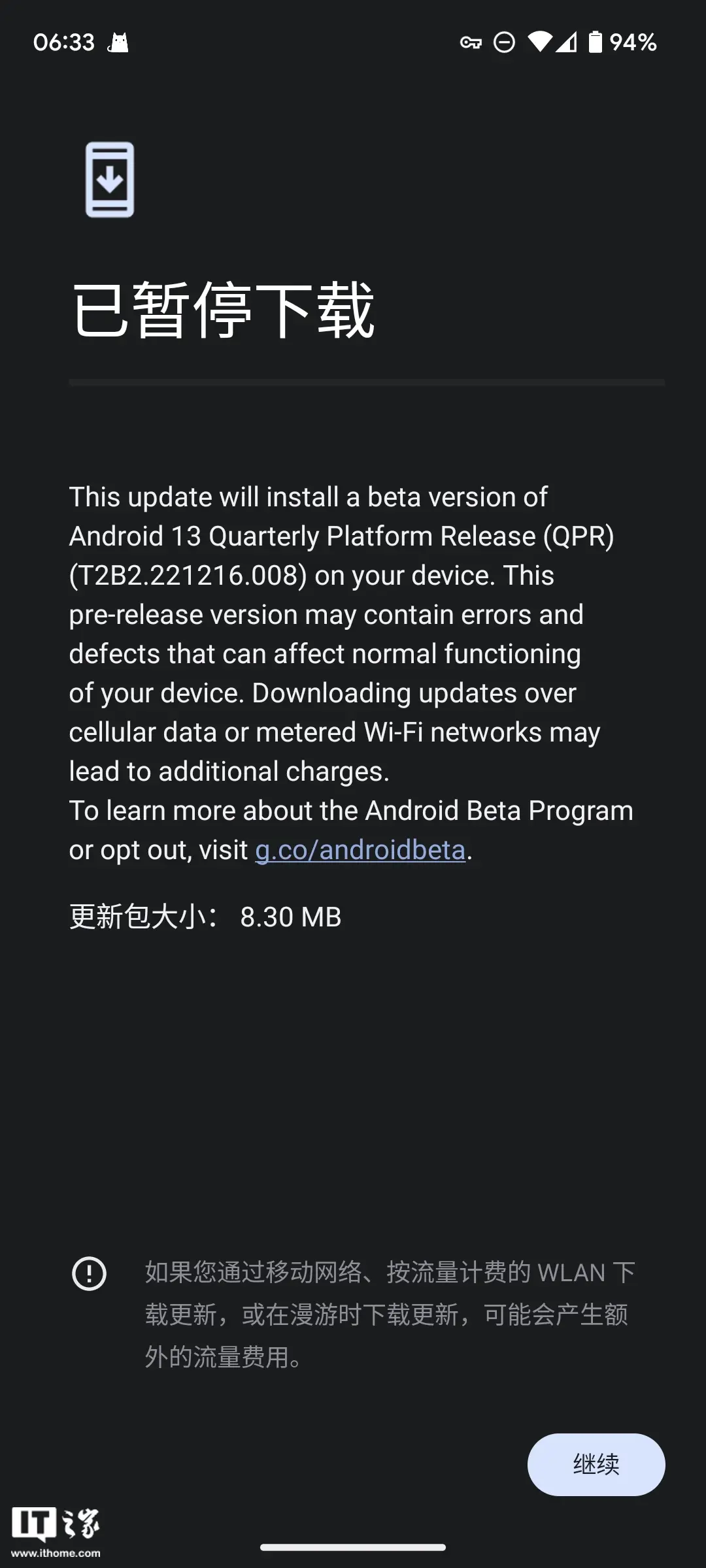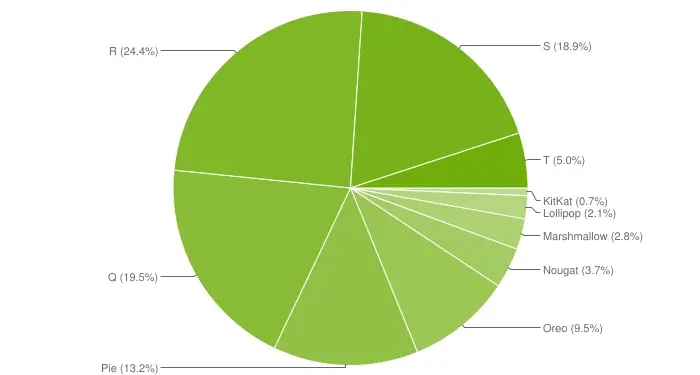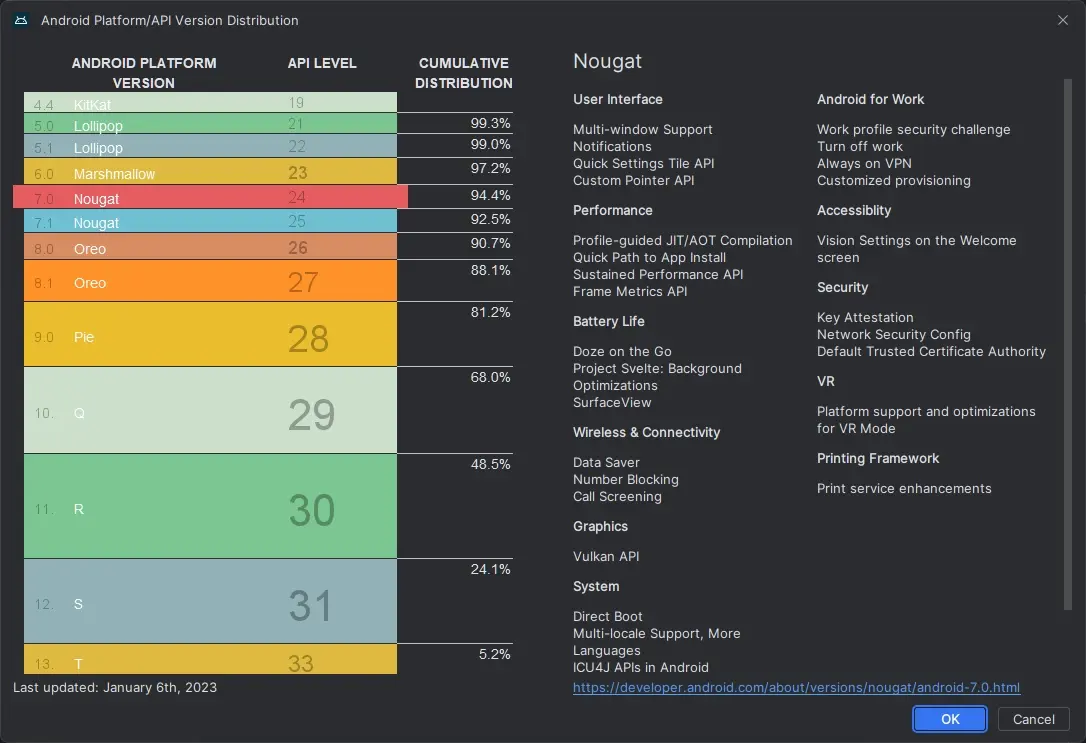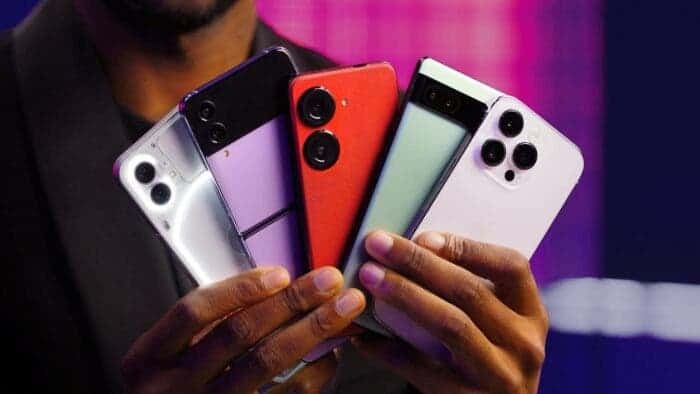When using Bluetooth in one way or another, whether it is a wireless mouse or a headset for listening to music on a mobile phone, there are actually certain restrictions. Google is developing a new Bluetooth distance measurement API that will allow users to know how far their Bluetooth devices are from their mobile phones. Esper’s Mishaal Rahman discovered the new Bluetooth distance measurement API, and Google (Android) has added its code to AOSP.

Although the accuracy of distance measurement is not precise, the new Bluetooth distance measurement API will tell the approximate location. That is, whether the distance between the user’s mobile phone and the Bluetooth accessory is more or less than 1 meter. Notably, the new API will use Bluetooth RSSI (Received Signal Strength Indicator) to measure the distance between the phone and the connected device.
However, this is different from the way Apple’s AirTag tracker works. The AirTag tracker will point the user in the right direction of the missing Bluetooth accessory. It will also let you know if it is approaching. As far as Google’s Bluetooth distance measurement feature is concerned, Android users will have to wait for Android 14 to see this feature.
Google Android 13 QPR2 Beta 2.1 Released: Fix Bluetooth and 5G Issues on Pixel Phones
Similar to the previous cycle, Google today rolled out the Android 13 QPR2 Beta 2.1 update for Pixel phones as a bug fix.

Google identified and fixed the following issues in the “minor update” of the initial Beta 2 release:
- Fixed an issue that sometimes prevented devices from automatically connecting to a 5G network even if it was available.
- Fixed an issue where a device did not disconnect or reset an existing encrypted Bluetooth connection after receiving a command to disable link-layer encryption for that connection.
The Android Beta Feedback app is available on Google Pixel phones to detail issues. The Android 13 QPR2 Beta 2.1 system image can be used for Pixel 4a, Pixel 4a 5G, Pixel 5, Pixel 5a, Pixel 6, Pixel 6 Pro, Pixel 6a, Pixel 7, and Pixel 7 Pro, as well as the Android emulator. Google says that if you’ve signed up for Android 13 QPR2 Beta 2.1 and your device is running Beta 2, you’ll automatically receive an over-the-air (OTA) update to Beta 2.1. If your device is still on Beta 1, it will automatically receive the Beta 2.1 patch after updating to Beta 2. Android 13 QPR2 Beta 2.1 (T2B2.221216.008) includes the same January 2023 security patch.
Google Android 13 hits 5.2% device share five months after launch
According to Google’s latest official Android distribution data, Android 13 accounts for 5.2% of all devices running 5 months after its release. Android once maintained a monthly cadence of notifying developers how many potential devices were running a particular version of the OS. In recent years this has become an irregular event in Android Studio. The last update happened in August last year, just a few days before the release of Android 13.

The report now marks the first update to the 2023 distribution map, giving us an early look at how quickly Android 13 will be delivered to devices. According to Android Studio, devices currently running Android 13 account for 5.2% of all devices. Meanwhile, Android 12 and 12L now account for 18.9 per cent of the total. This is a notable increase from 13.5 per cent in August.
It’s worth noting that while Google’s chart does include details about Android 13, it doesn’t differentiate between Android 12 and 12L. In terms of older versions, Android Oreo usage eventually dropped below 10%, with similar percentage drops in the future. Android Jelly Bean, which previously had a weight of 0.3%, is no longer listed. Also, Android KitKat drops from 0.9% to 0.7%.

There is no doubt that the pace of Android 13 adoption is due in part to the rapid rollout of updates from phone makers like Google, Samsung, OnePlus, Sony, and others. These data are generally based on Android devices that visit the Google Play Store within a week. Although the data now exists in Android Studio, we assume these numbers are based on the same metrics.
India’s Supreme Court rejects Google’s appeal
India’s Supreme Court on Thursday rejected Google’s request to revoke an antitrust ruling forcing it to change the way it operates its Android platform. Indian start-ups welcomed the result, saying the final ruling would open up markets and promote competition for Google’s rivals.
In October, the Competition Commission of India (CCI) ordered Google to make a series of changes to how the Android platform operates, such as avoiding agreements to ensure exclusivity for Google’s search service and mandatory pre-installation of Google apps. The CCI also asked Google to allow third-party app stores to enter the Play Store app.
Earlier this month, Google filed a complaint with an Indian appeals court, arguing that the CCI’s decision largely copied previous penalties from the European Commission and should therefore be set aside. Google also said the order would harm consumers and hinder the development of India’s Android ecosystem. But Google’s request was quickly rejected by India’s appeals court.
Subsequently, Google once again appealed to the Supreme Court of India. On Thursday, India’s Supreme Court rejected Google’s request to block the antitrust order. Google now needs to comply with the order within seven days.

Indian startups laud the Supreme court decision
Indian map service MapmyIndia launched an app in 2004. Rohan Verma, the company’s chief executive, said the app he developed hadn’t gained much market share over the years because many Android phones come with Google Maps pre-installed.
The CCI order prevents Google from now mandating the pre-installation of its own apps on Android phones in the Indian market.
“We’re delighted,” Verma said. “We’ve been negatively impacted over the years, and we hope now consumers and device makers will use our app more.”
According to market research firm Counterpoint Research, of the 600 million mobile phones in India, about 97% run Android. Apple’s iPhone has just 3 per cent of the market. Google licenses the Android operating system to mobile phone makers and strikes some deals. Critics say the agreements violate competition, but Google says it helps keep Android free and open source by giving every business more choices.
IndusOS also operates an app store in India that competes with Google. Calling the ruling a “watershed moment,”
Naval Chopra, a lawyer at India’s Shardul Amarchand Mangaldas law firm who has challenged Google’s practices in court in the past, said Thursday’s court ruling was significant. The CCI order, he said, “is likely to create a new Indian competitor in video hosting, maps, web browsers, and even search.”





